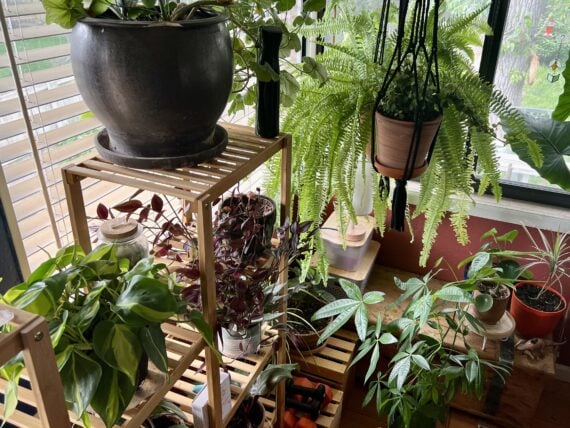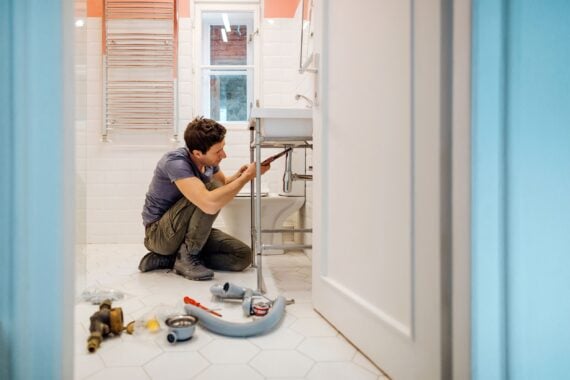If you’re like me, you’ve murdered many a plant that seemed so healthy at the store but faded almost immediately after arriving at its new home. That green thumb turned black isn’t cheap, given that a plant purchase (especially with a cute new pot) can run close to $10 a pop. Don’t be a plant killer (or just stop the slaughter already). Here are some tips that might let your next impulsebuy survive.
Stop Watering So Much
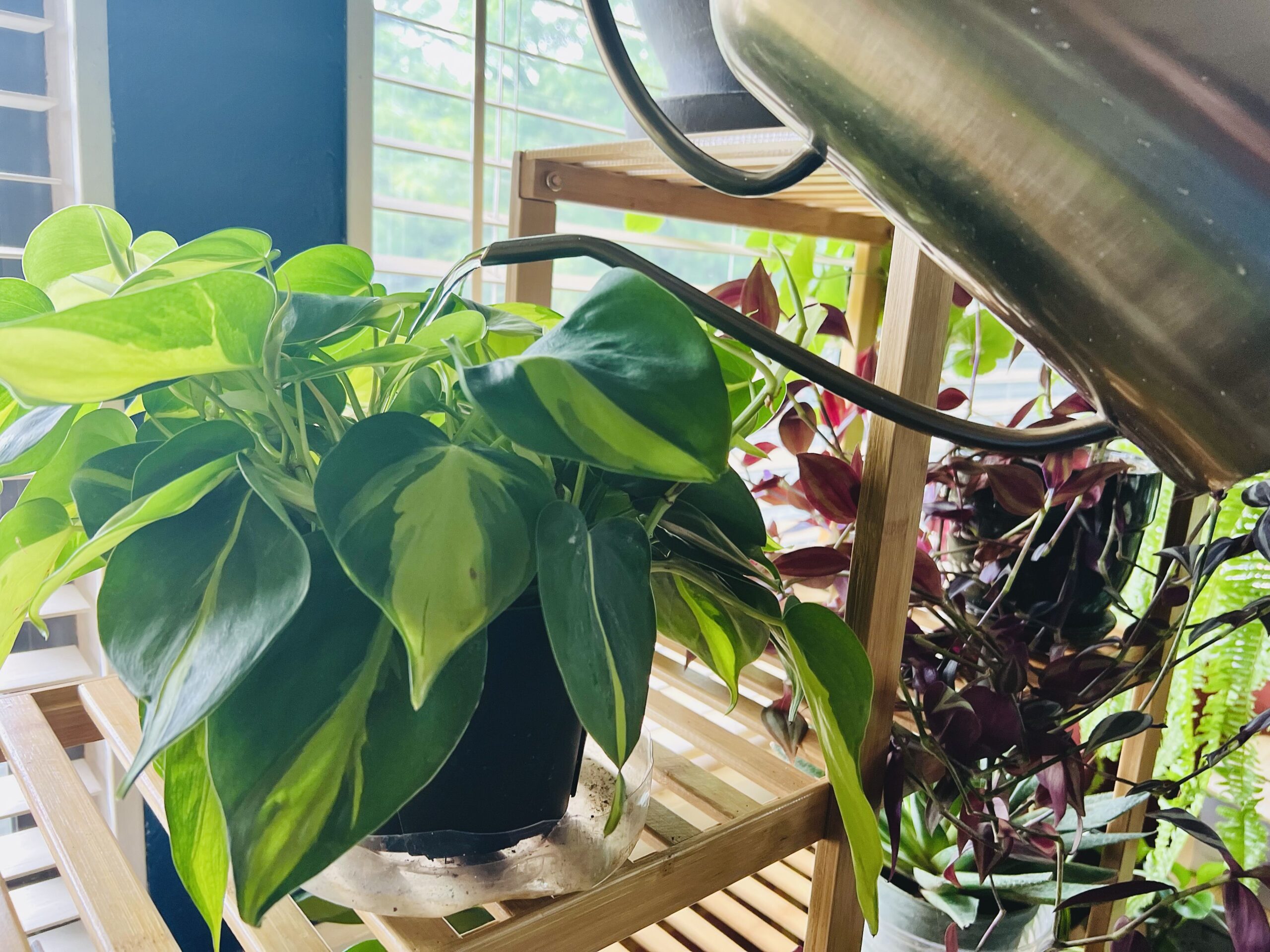
When a plant first comes home, your impulse is to make sure it gets enough water. That might be a mistake, especially if your new baby is a succulent or cactus. But overwatering any plant can lead to fungus gnats and root rot. Try to step away from the watering can until after you’ve poked a toothpick or skewer into the plant’s soil. If it comes out clean, you have the green light to water again.
Not Watering Enough

This may seem contradictory, but you can underwater. If this is starting to seem a little Goldilocks to you, you’re not wrong. But water is one of the plant’s needed components for photosynthesis, and without it leaves will start to wilt. Leave your plant unwatered for too long and the soil can become compacted. Luckily, aerating the soil just requires breaking it up with a pair of chopsticks. Check the soil with your finger (or do that toothpick test) to determine when to water again.
Learn About Your Plant
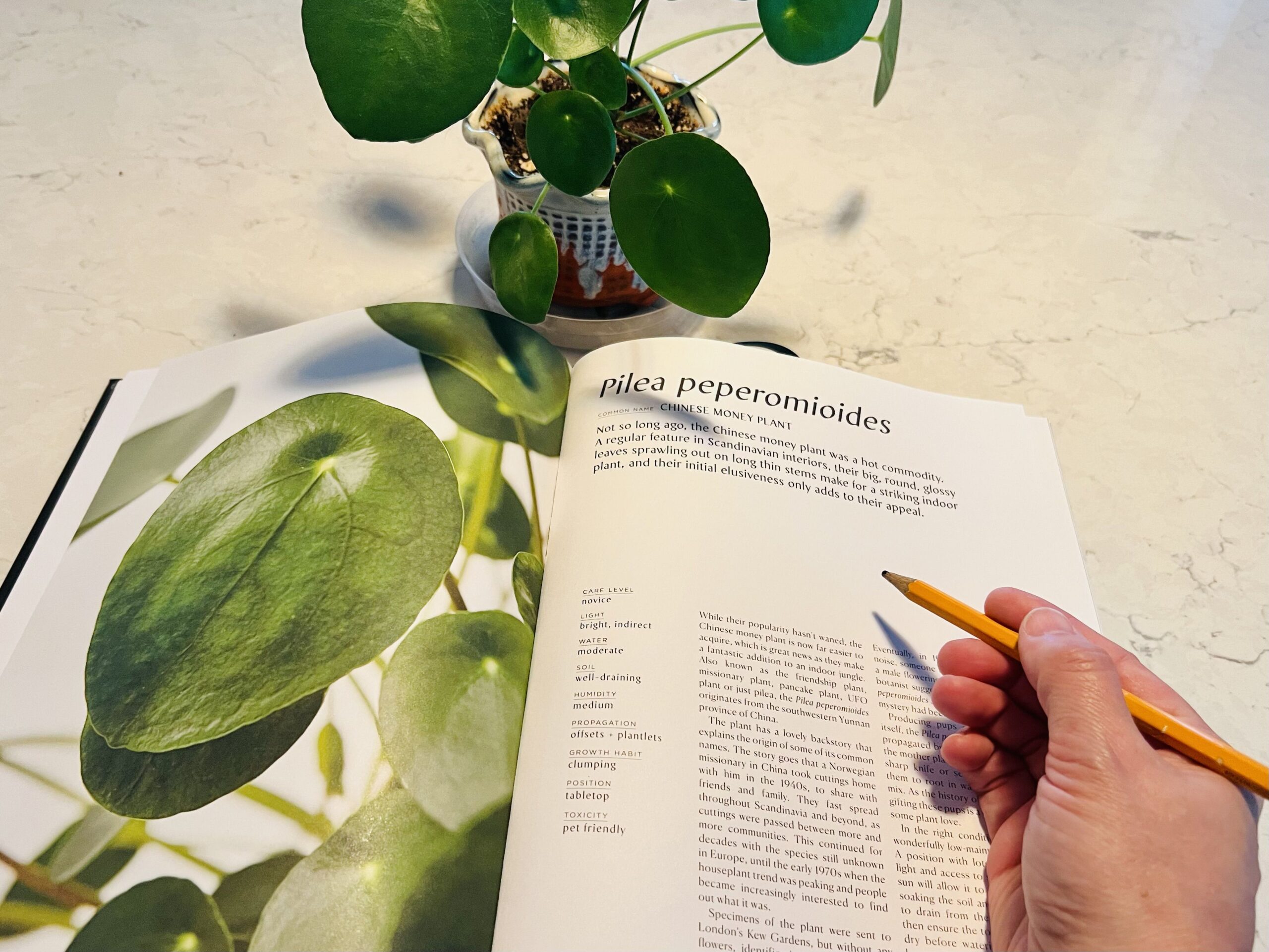
While you may know a succulent comes from a dry climate, you may not know as much about other plants you might want to take home. Look, we all have Google on our phones now, so this shouldn’t be too hard. If you have an apartment that’s cloudy in a humid climate, you’re not going to pick the same plants as someone who has a sunny home in the desert — or at least you shouldn’t.
Don’t Forget the Roots
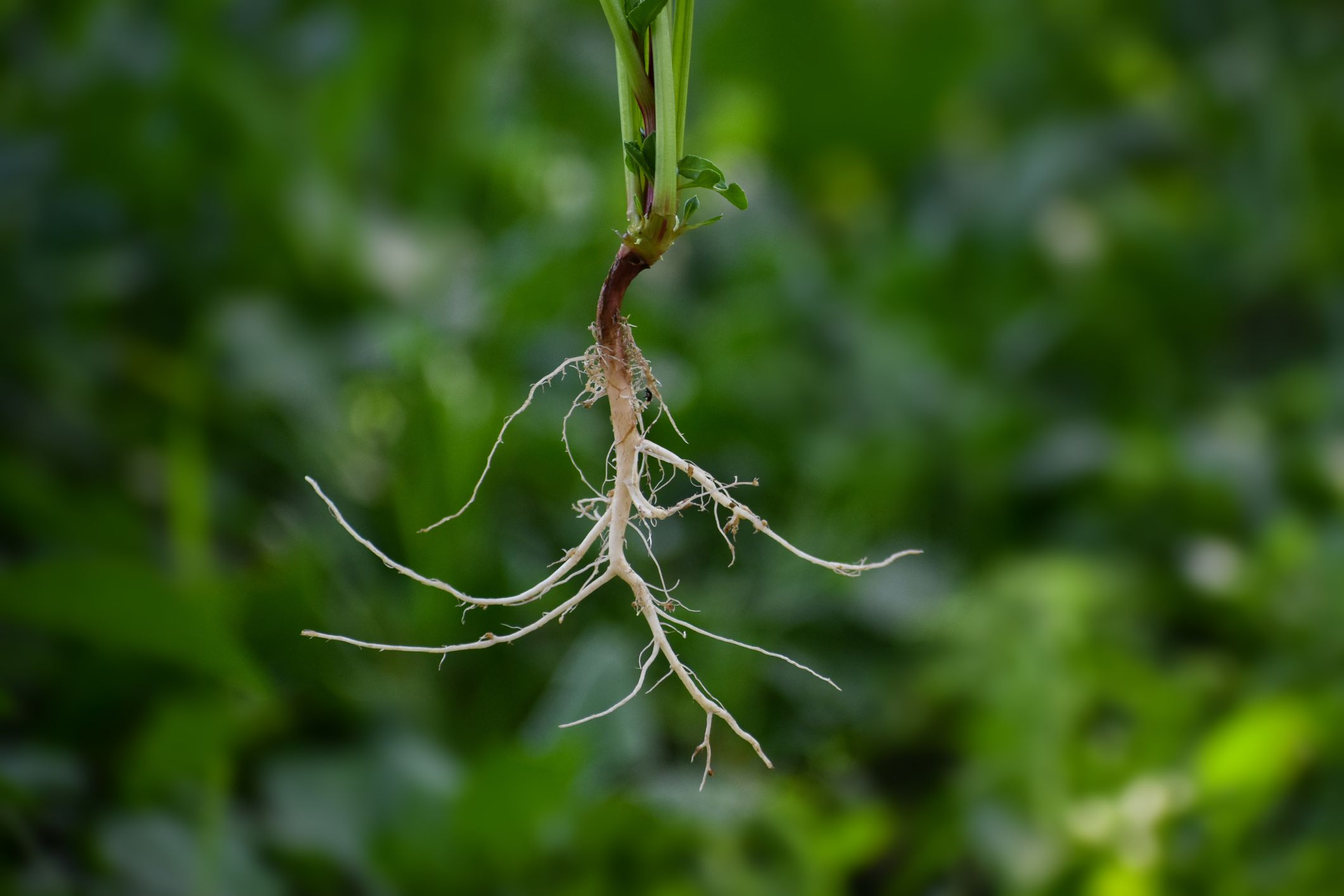
Sometimes you’ll have a plant for months and it will be happy and thriving, until it isn’t. If roots are poking out of the bottom of the plant, they’ll likely die. Get the plant out of its current pot, cut off any dead tips from the roots, and rehome it in a bigger pot with a little fertilizer. Check the bottom of the pot for roots once a month or, if its slow growing, about twice a year.
Related: Where to Buy Plants Online
Test Your Soil
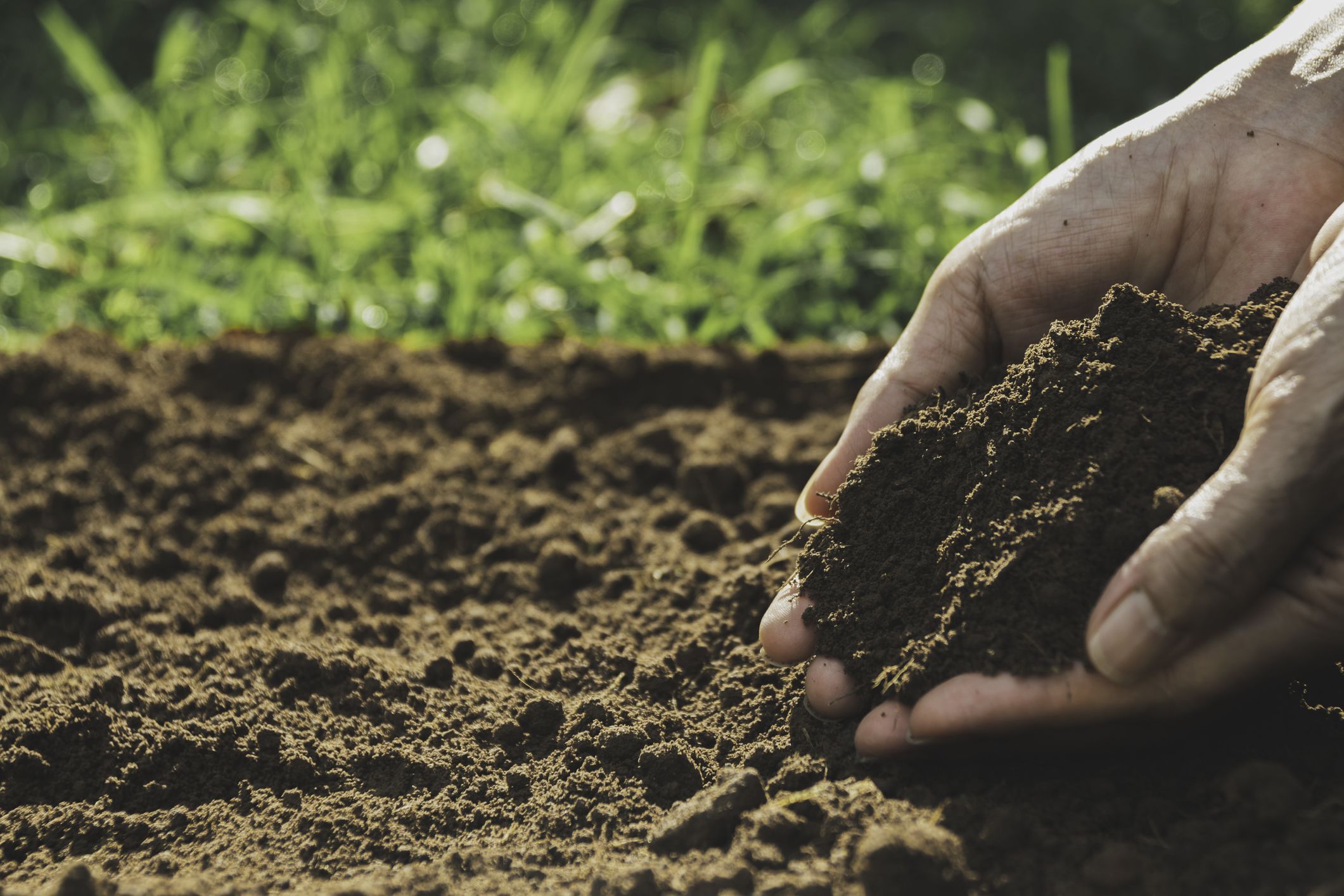
If you’re going to plant outside, it’s good to pick plants that are right for your environment (and your climate zone) but make sure your soil is right, too. This is especially important if you’re planting an edible garden, as soil that’s too alkaline or acidic may squash your dreams of fresh vegetables before you know it. While you can order a soil test from a lab, you can suss out the basics by yourself (for free) using household ingredients.
Get more plant care tips in your inbox: Sign up for our free newsletters.
Trending on Cheapism
Get It Out of Direct Sunlight
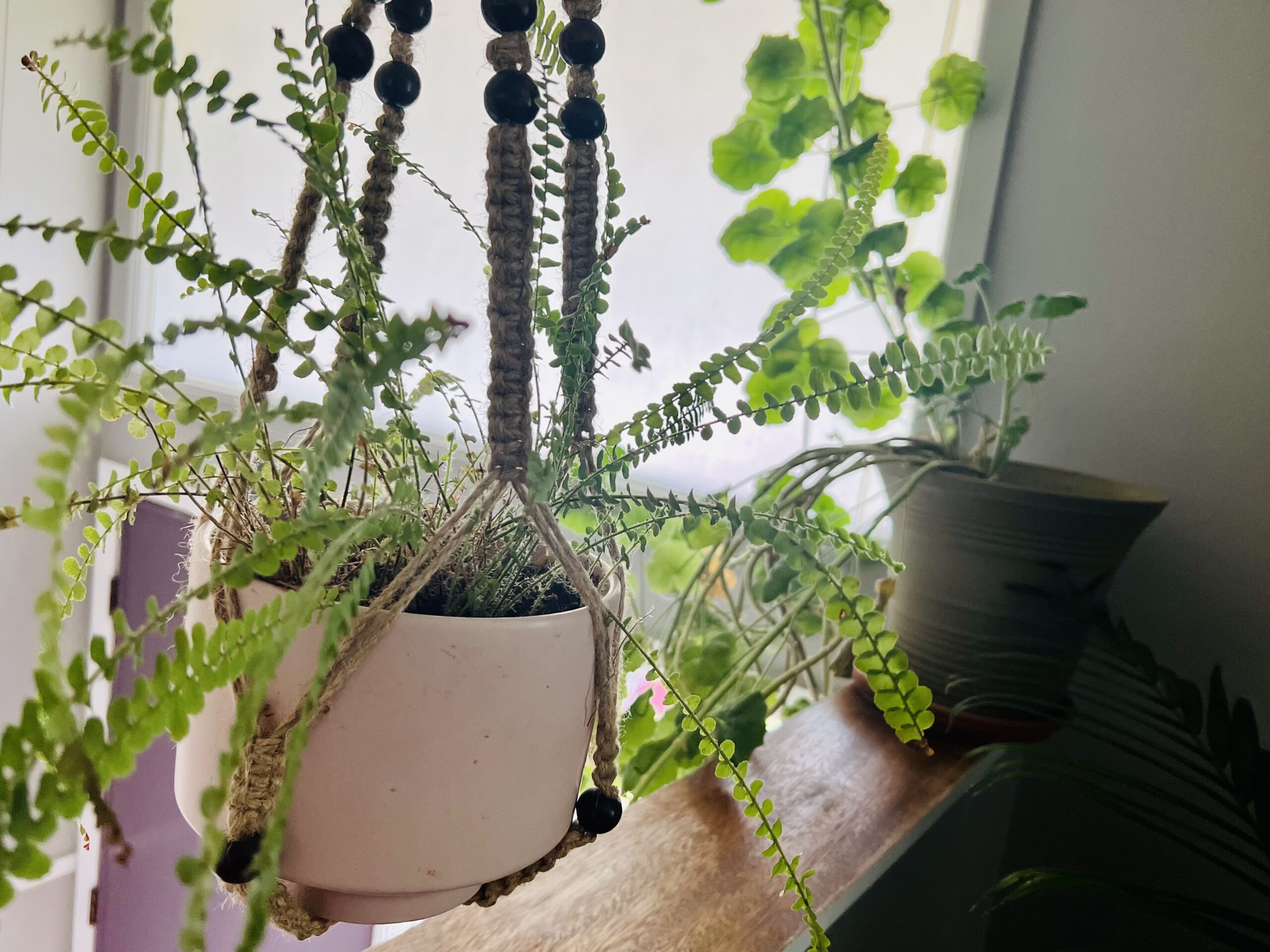
You might think that lots of sunlight is right for your plant — but your assumption may be wrong. While succulents and cactus can tolerate direct sunlight, most plants prefer something a little less harsh. Indirect sunlight or bright sunlight reflected off a wall are usually safe bets.
Clean the Leaves
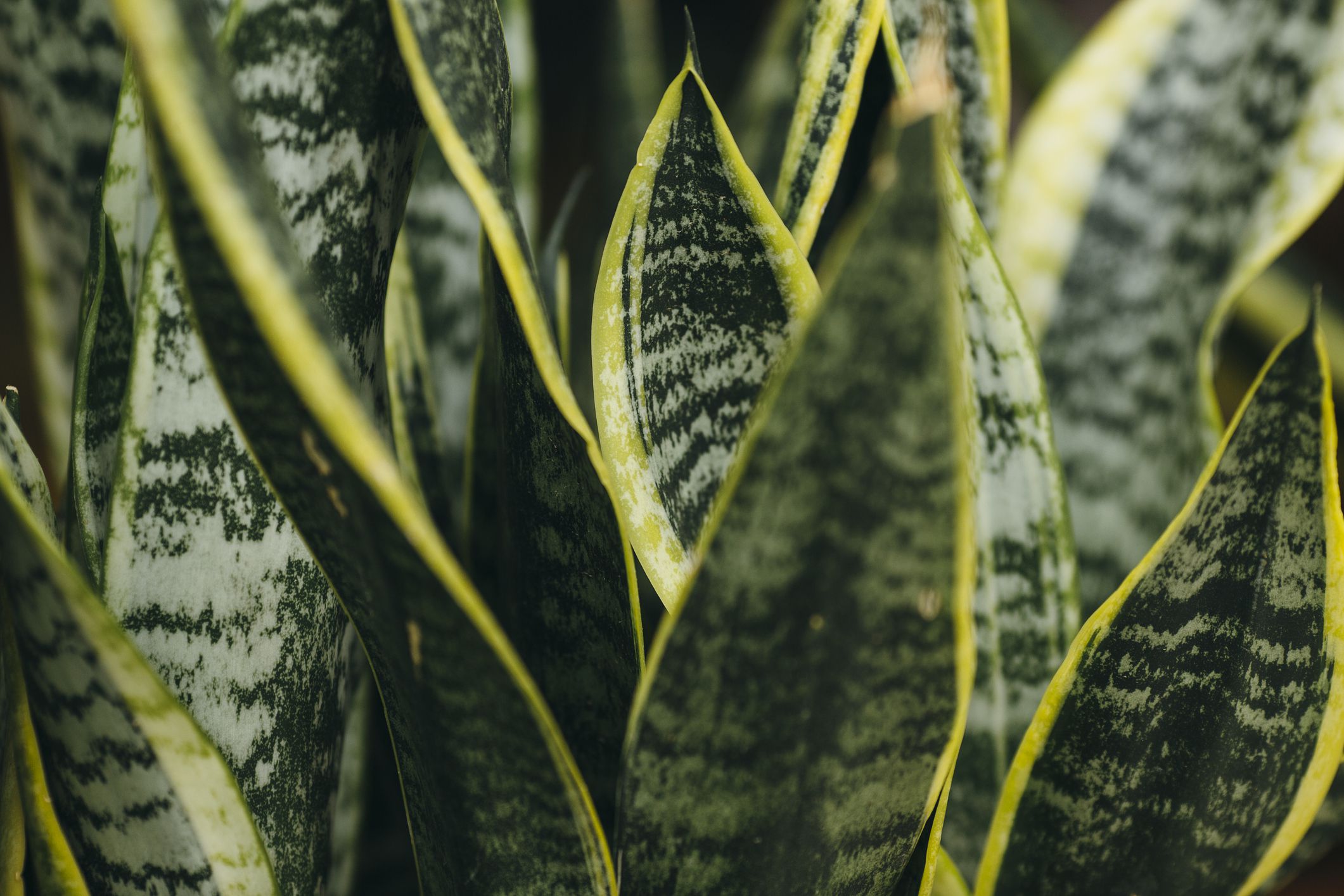
While you might think the leaves of your plant are just (hopefully) pretty, they also let your plant absorb energy — and they can’t do that if they’re dirty. Use some Neem oil to add shine and get some pest control as a bonus.
Pick the Right Pots
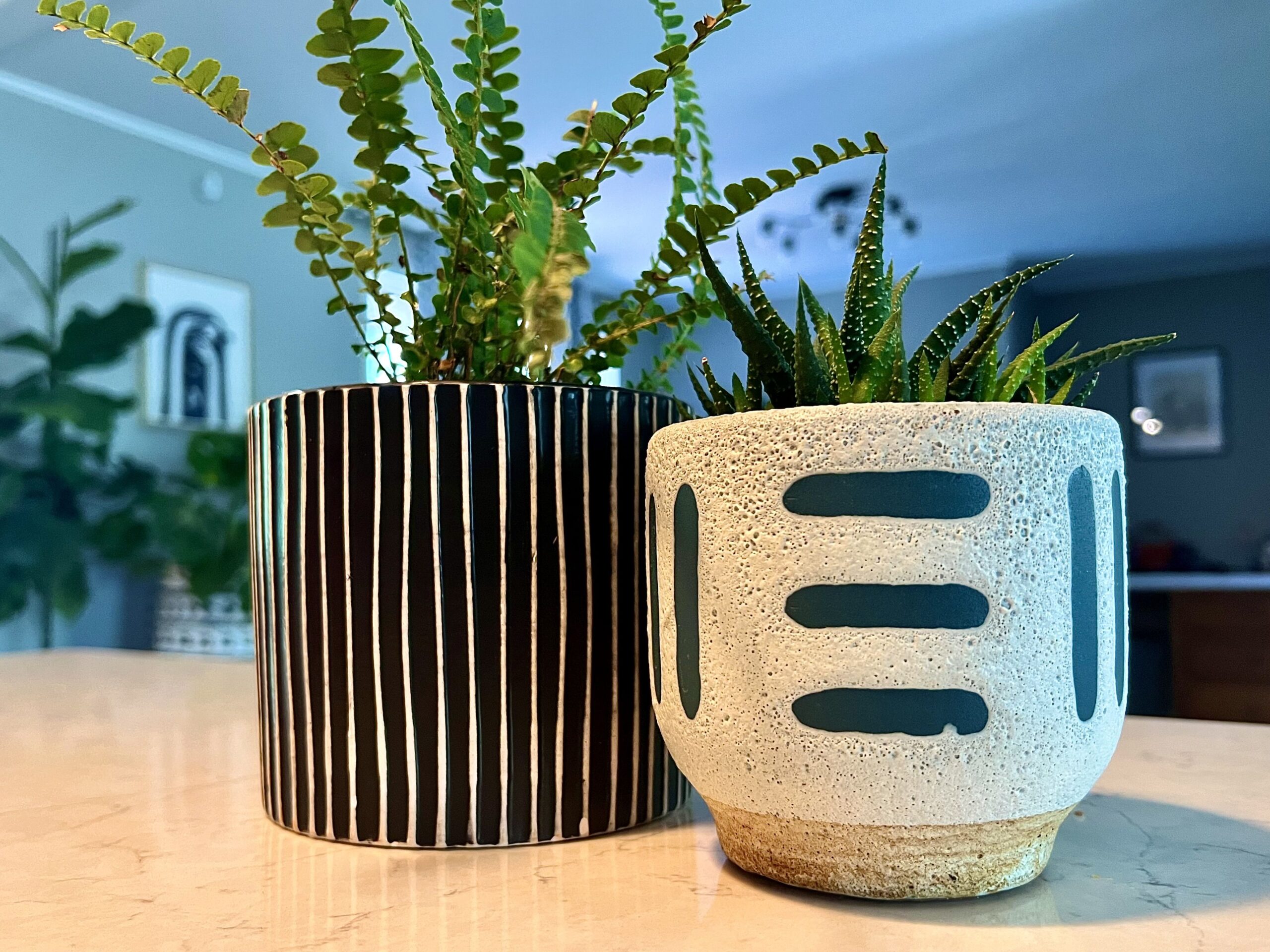
Those pots at the market may be super cute, but if they don’t have at least one drain hole in the bottom, they’ll look a lot less cute with dead plants in a few weeks. Make sure your pot can drain any excess water or run the risk of root rot (which you really, really, don’t want).
Sign up for our newsletter
Water Down the Fertilizer
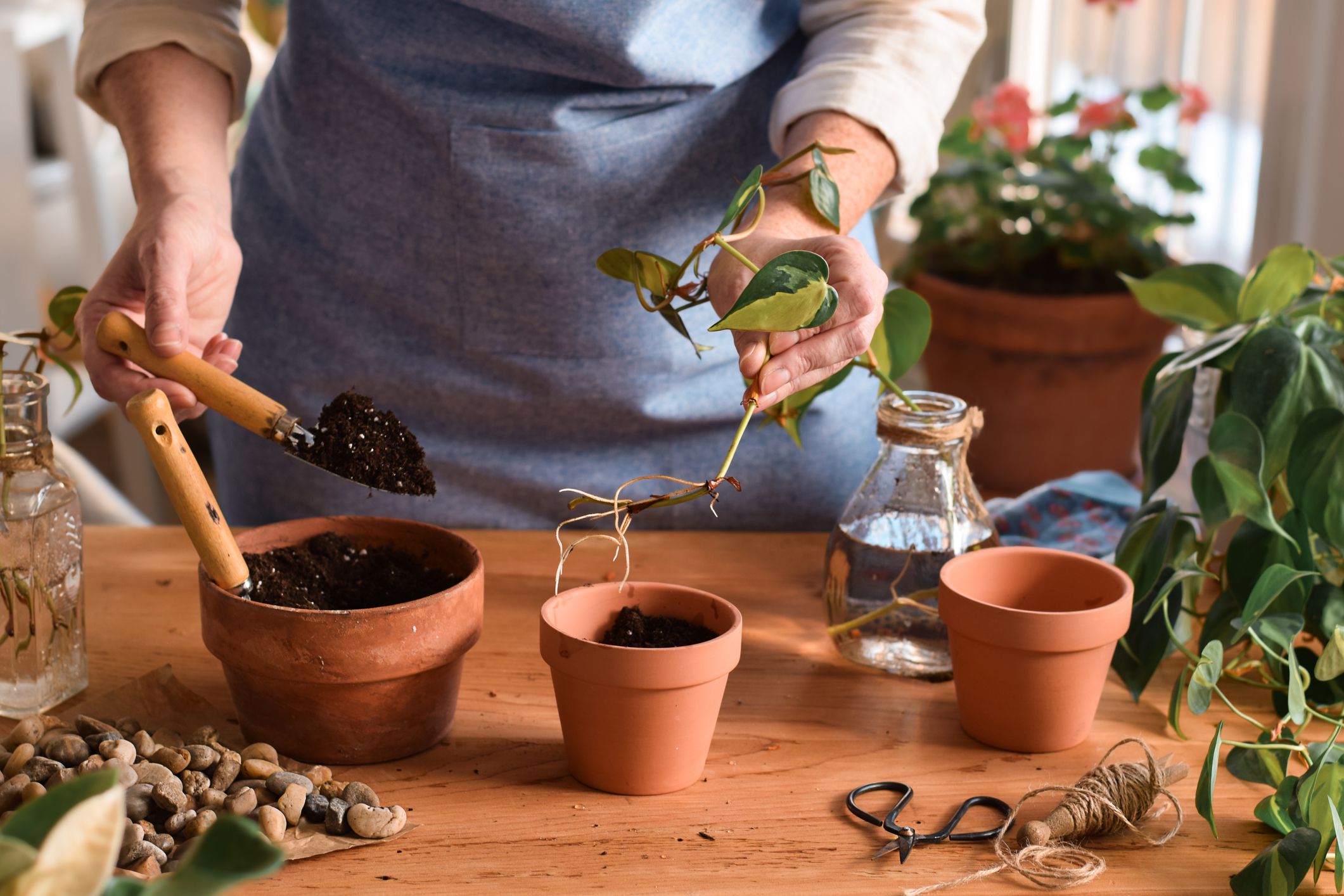
Fertilizer is great, but it can be harsh (and burn or even kill your plant), so don’t go overboard. While a plant that hasn’t been repotted for years might benefit with a little jolt, it probably isn’t necessary for a new plant. If you do choose to fertilize, remember that adding water to your fertilizer can dampen some of its harsher effects. Next time you’re tempted to fertilize, keep a slosh of water in mind, and don’t do it more than once a month at most.
Repotting Too Early
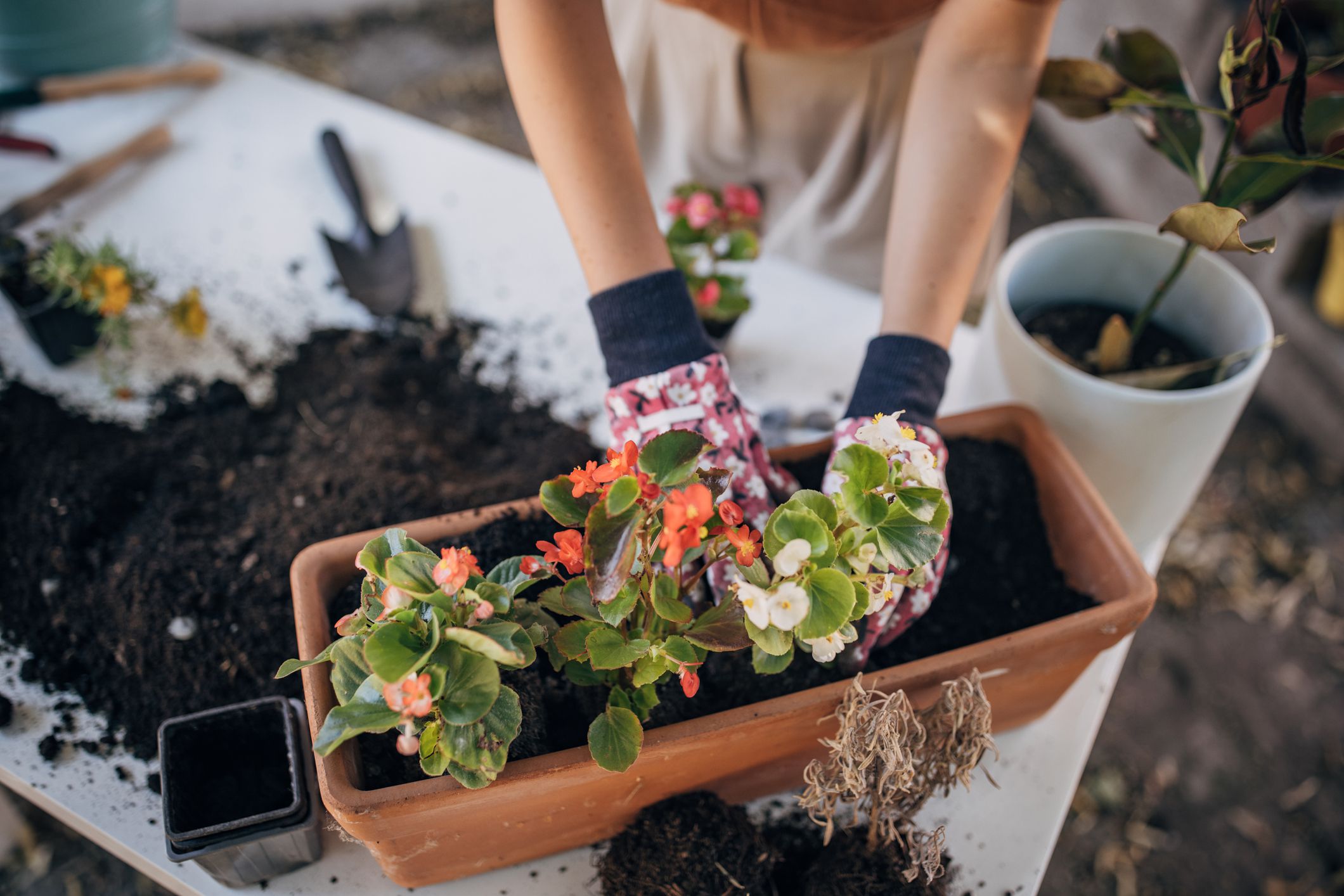
If the plant is crowded in the (well-drained) pot, resist the urge to repot the moment you bring it home. The plant needs a few weeks to settle into its new home (like any new arrival), because repotting the instant it arrives might cause shock. You can both take a breather for a while.
